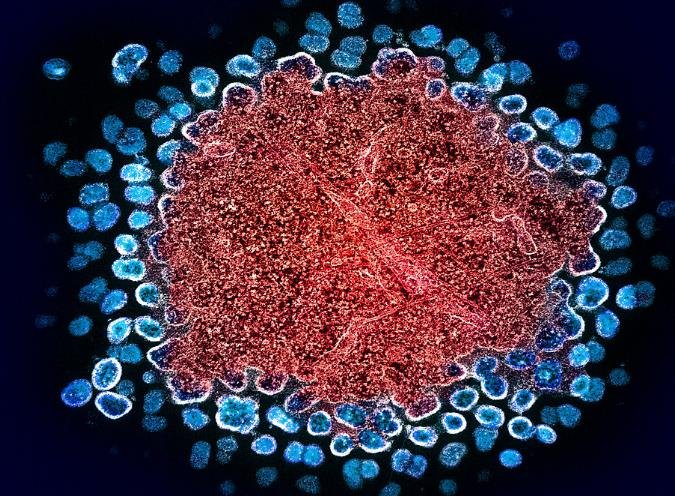In a landmark study, scientists have utilized the revolutionary CRISPR gene-editing technology to successfully remove HIV DNA from infected cells. This breakthrough offers a glimmer of hope for the millions affected by the virus and represents a significant leap towards a potential cure.
CRISPR, a Nobel Prize-winning innovation, operates like molecular scissors, targeting specific DNA sequences within cells. Researchers have harnessed this precision to target and excise HIV DNA, effectively eliminating the virus from the host cells. This method holds promise for not just suppressing, but potentially eradicating HIV from patients’ bodies.

The process is intricate, requiring careful calibration to ensure that only the viral DNA is cut out, leaving the host cell’s genome intact and unharmed. The success of this technique in laboratory settings marks a pivotal moment in HIV research.
The Journey Towards a Cure
While antiretroviral therapies have been effective in managing HIV, they do not offer a cure. The CRISPR method, however, opens the door to a future where HIV can be completely removed from an individual’s system. The research team, based at the University of Amsterdam, emphasizes that their findings are still in the early stages, and much work remains before this can translate into a widely available treatment.
The next steps involve optimizing the delivery of CRISPR to target the majority of HIV reservoir cells and ensuring the safety and efficacy of the treatment for potential use in humans.
The Implications for Global Health
The implications of this discovery extend far beyond the laboratory. If successful, CRISPR could revolutionize the way we approach HIV treatment, shifting the paradigm from lifelong management to complete cure. This would have profound effects on global health, potentially freeing millions from the virus that has plagued humanity for decades.
As research progresses, the scientific community watches with anticipation, hopeful that this novel approach will lead to a world free of HIV.
















